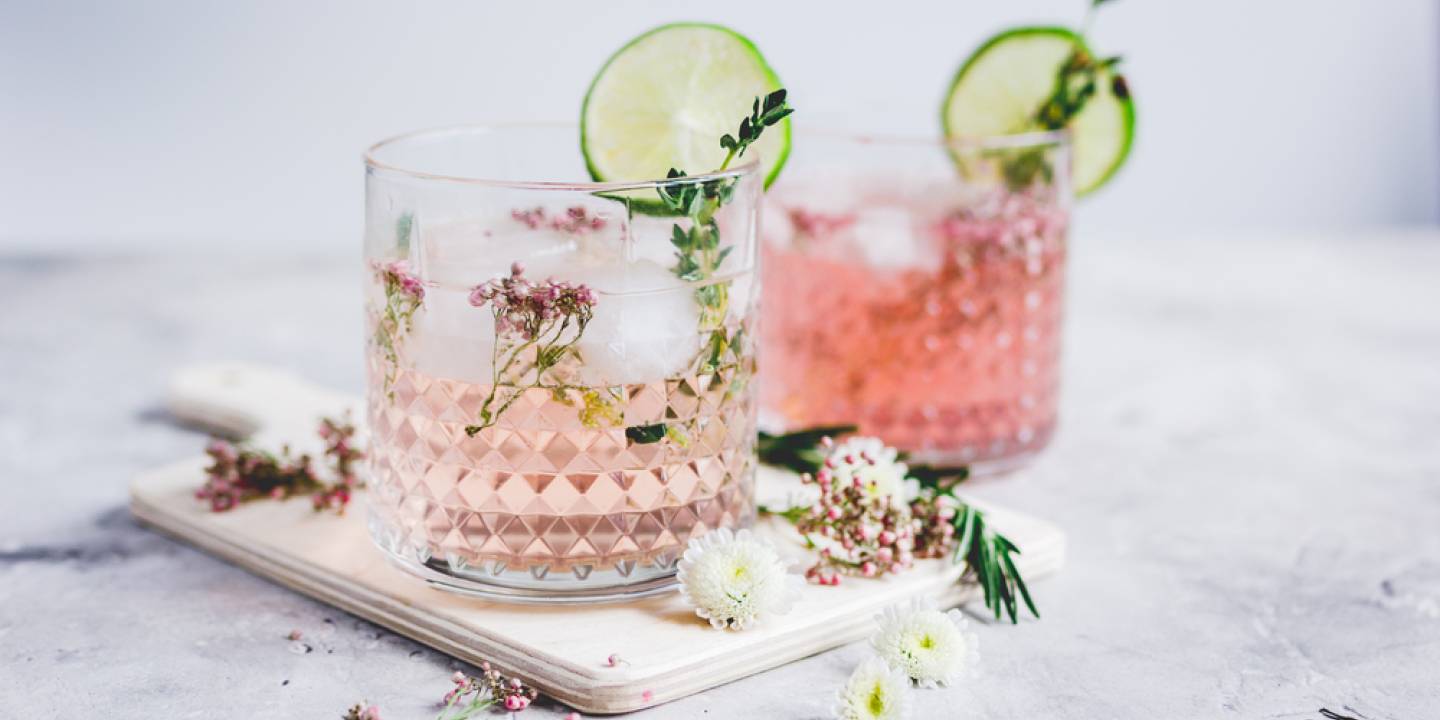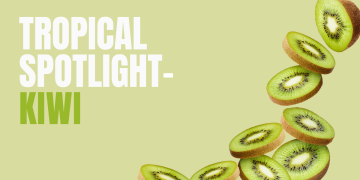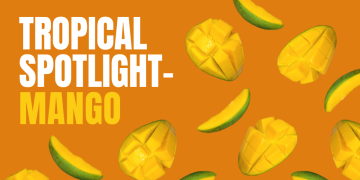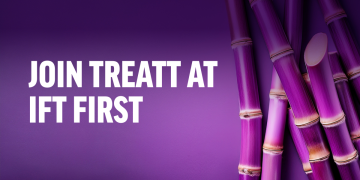Are you challenging yourself to remain ‘dry’ in January by abstaining from the booze? Well you’re not alone – in fact dry January seems to be starting earlier each year with some skipping the alcohol in the run up to the festive season altogether.
There’s no doubt our drinking habits are changing as we embrace a preventative and holistic approach to our health and wellbeing. GlobalData report that 57% of global consumers are always or often influenced by how a product or service impacts their health and wellbeing.
We’ve talked about the mega trend of healthier living for a while and the growth in the ‘low and no’ category is a clear example of moderation becoming normalised as consumers actively seek experiential and healthier alternatives to traditional alcohol with low and no alternatives.
Who is saying no to booze?
The IWSR (International Wine and Spirits Research) reported in March 2021 that while overall alcohol consumption declined in 2020 the low and no alcohol market is continuing to expand, with consumption expected to grow 31% by 2024.
In the UK alone some 20% of adults report being non-drinkers (ONS). This figure is much higher amongst younger consumer groups with Generation Z actively rejecting alcoholic beverages in favour of clean living alternatives.
In Europe and the US we can see this trend continue with 33% of adults in the US reportedly being non-drinkers (cdc) and 26% in Europe (Eurostat).
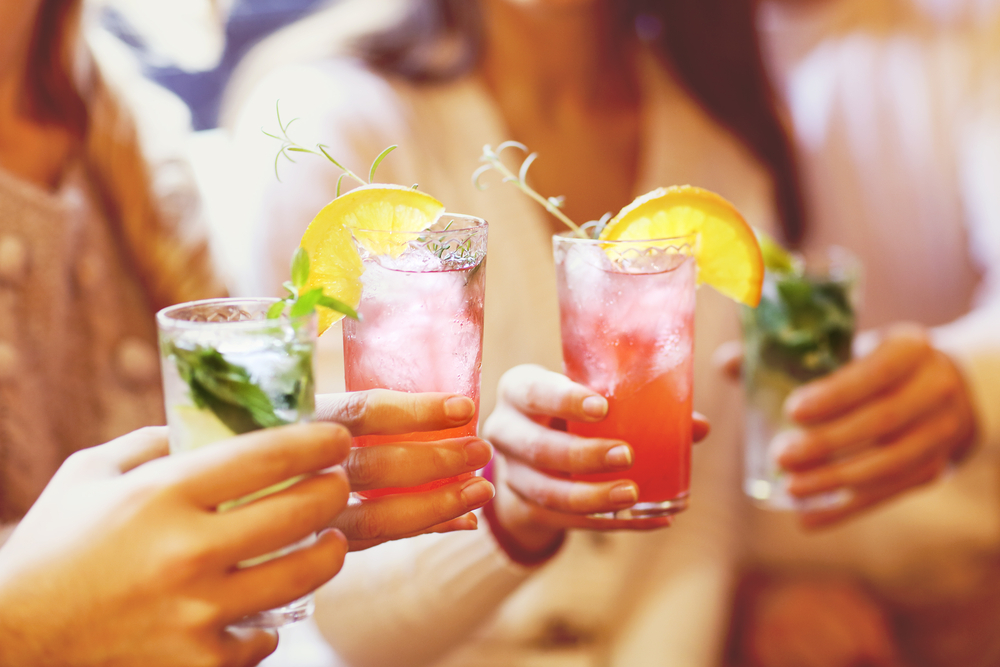
What challenges does this present for beverages?
Delivering an alcoholic beverage experience to a no alcohol format is a big challenge.
We spoke to Lamia Gaman, Applications Manager at Treatt, to give us the low down on what goes in to creating a beverage which consumers will love.
Q: How do you create a low and no beverage which still delivers the alcohol experience?
Lamia explains: “When developing beverages for the low and no market, innovation is really key. This sector is driven by flavour and improving the sensory and visual experience. Consumers want the full experience of alcohol and the idea of the indulgence that can come with that, in a beverage which also meets their healthy living needs. Part of what I love most about my job is solving problems - rising to the challenges our customers present is what we do every day.
“Alcohol plays such an interesting and deeply complex role in beverages. On one hand it has warming properties. Think about when you drink an alcoholic beverage - there is a gentle warming sensation that you feel at the back of your throat and as the liquid travels down your throat. It also adds mouthfeel to a beverage as well as helping to lift the aroma and flavour compounds.
Lamia continues: “If a developer wanted to mimic warming properties, they might consider chilli extracts or pepper extracts but these should be used with caution. What has to be carefully considered when using these products is the fact while these do warm, they have heat and the heat builds, so for a RTD that is a long serve, it is important to bear this in mind. There are also compounds that are found in botanical extracts that can be used to mimic the tingling sensation, or the cooling effect that alcohol can have.
“The key is balance and harmony. Alcohol itself doesn’t have a flavour, so whatever you use needs to be used at a level where you cannot detect its flavour which takes a lot of perseverance when formulating. But that’s exactly where the knowledge and skill of our global innovation teams come in.”
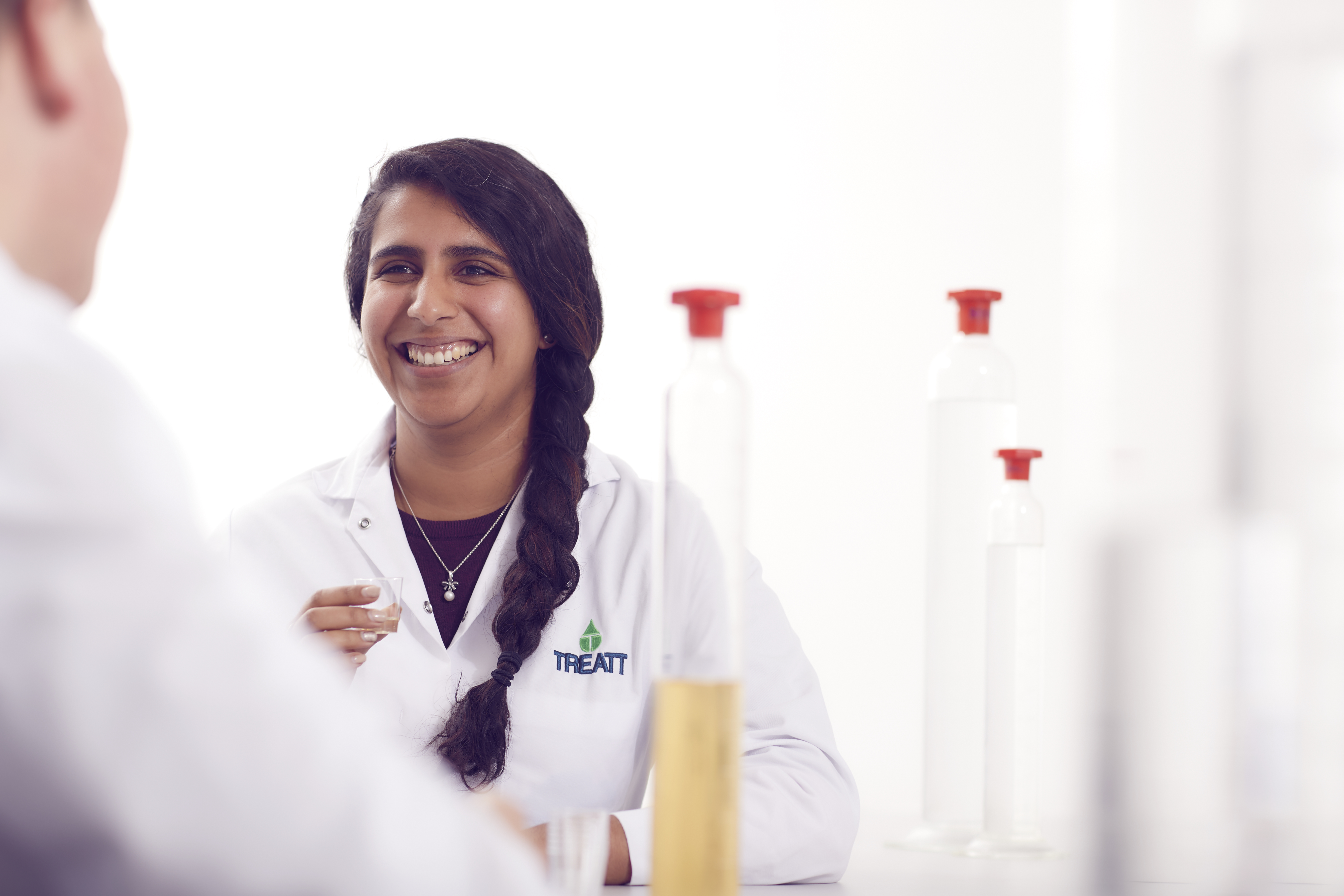
Q: What are some of the types of ingredients in your ‘low and no’ toolbox?
From a simplistic point of view, low and no can be broken down into two groups: the imitation alcoholic beverages and the sophisticated adult beverages. There are many ingredients that can be used to deliver complexity in low and no products. The key, I have found, is layering and blending natural extracts and flavours together in such a way that as a consumer you cannot pick out one sole flavour - all flavours used are well balanced and harmonious. Botanical and tea extracts play a large part in this process as they can add spicy, herbal and dry notes that are so commonly found in spirits and alcoholic beverages. I’ve also found that some of our fruit and vegetable distillates can add back some of the nuances and subtleties lost especially when alcohol has been removed from a beverage. These are all ingredients that I can call upon for these types of challenges but for the sophisticated adult beverages, we make use of our entire portfolio. For example, Yuzu which is trending right now, can add to the perception of a premium beverage.
Q: Can you tell us about some of the low and no projects you’ve worked on and what ingredients you’ve used?
“We’ve seen a lot of opportunities in this space to help improve existing beverages as well as working on new product development. One such example was for a wine type product - tea extracts and essences can be used to add that drying character that is typically associated with wines. You can use lighter teas such as white tea extracts in white wine type products, but the darker teas such as black tea in red wine type products to give the effect of tannins. More often than not, when developing alcoholic type flavours it’s key to think about products which can be associated with the spirit as it is consumed. As developers, we can then play on the consumers’ association between the ingredient and the spirit to deliver a more authentic experience.”
If you think about drinking rum, you will encounter dark, rich molasses notes. We’ve found that our sugar extracts are great at adding that muscovado burnt sugar note and by layering that with other key rum characteristics such as caramel, or spice depending on the style of rum you are looking for, you can start to build an authentic, complex flavour. We’ve also found that these types of products which we’ve typically used for sugar reduction can be used to lighten or ‘pop’ profiles. For example, with non-alcoholic beer, they add mouthfeel and improve the overall beverage performance.
Q: Are you excited about the future of low and no?
“Absolutely. The growth we’ve already seen in the US, UK and Europe will continue and we are seeing a lot of interest from regions such as the Middle East, where consumers can begin to enjoy a much more sophisticated, authentic experience of low and no beverages.
“The exciting part for me and the global Treatt teams I work with is the level of innovation this sector will require. We have the knowledge and expertise to help develop some of the best low and no beverages consumers will be enjoying in future.”
Find out more
To speak to one of the team or book a demo visit
Health & Wellness capabilities and products.
Useful links:
More about Treatt Health & Wellness expertise
More about Lamia Gaman, Applications Manager at Treatt
More about Treatt's flavour ingredients
IWSR (International Wine and Spirits Research)
